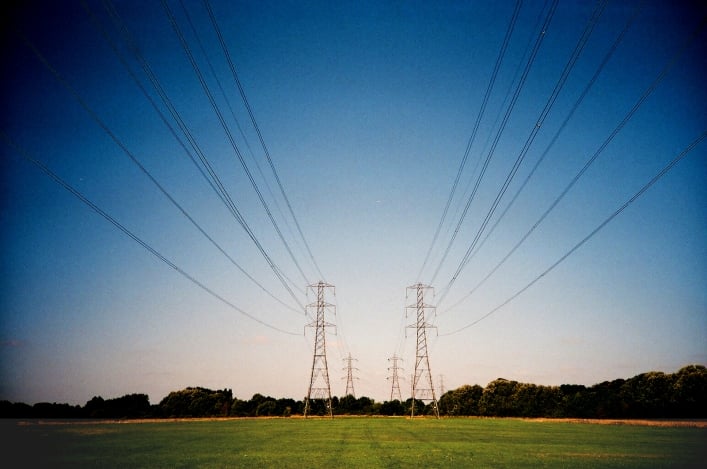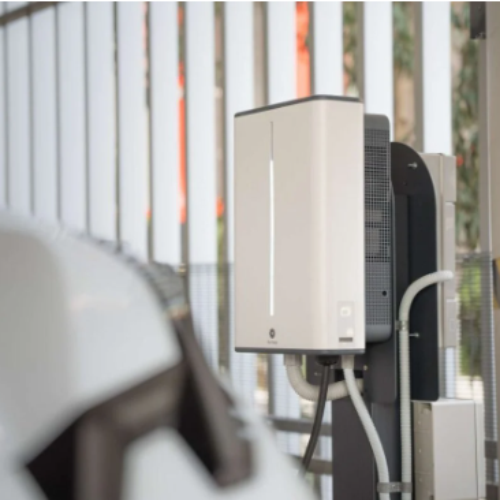National Grid ESO is to publish the carbon intensity of its balancing actions for the first time as part of a new electricity system dashboard.
The dashboard shows the live electricity mix and carbon emissions of power sources, as well as historic carbon intensity. It has been launched to coincide with the COP26 climate conference in Glasgow, highlighting the progress made in decarbonising the country’s power supply so far.
Britain’s electricity’s carbon intensity fell by over 65% between 2013 and 2020 – which National Grid ESO dubbed the greenest year on record. Average emissions reduced from 529g CO2 to just 181g CO2 over this period.
And decaronisation progress has continued into 2021, with this year’s Easter Monday setting a new record for carbon intensity of just 39g CO2/kWh.
Given this progress, the ESO expects to be able to operate the electricity system entirely using zero carbon power for periods of time by 2025, establishing the target of an entirely zero carbon power system by 2035.
This will require not just the growth of renewables, but also the growth of green balancing technologies such as energy storage systems, as gas-fired power plants still dominate the balancing mechanism.
Matt Magill, zero carbon operation senior manager at National Grid ESO said the operator was particularly excited to share a “a new level of insight” into the impact of the system operator’s balancing actions.
“As the country decarbonises, it’ll be more important than ever to understand the impact of these actions to keep electricity flowing safely. We expect to see the carbon intensity of these actions reducing as our new innovations and technologies mean less intervention is needed to secure a greener system.”
In addition, the new dashboard will show a real-time breakdown of electricity imports into Britain, including the carbon intensity of each. This will be particularly key as the country’s interconnector capacity grows, with the North Sea Line to Norway going live in October and a new Eleclink interconnector with France set to go live in early 2022.






